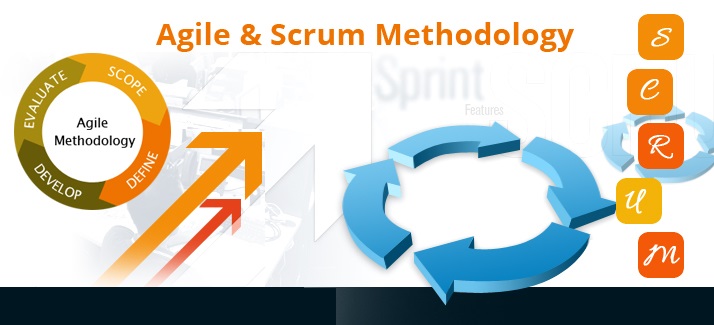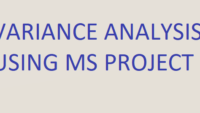Agile Projects due the very nature of the methodology are always agile, iterative. And there are no fixed requirements. Agile allows and encourages requirement changes and agile runs on the ROI calculations still.. How is it possible to calculate ROI in such a dynamically changing environment? As Agile project managers, scrum masters, product owners, if you are trying to find some quick and easy ways to calculate the ROI, read on.
Benefit Value of a Product Backlog Item(PBI)
The first thing in an agile environment is to convert the high-level requirements(User Stories) into a backlog item list and create a value for each of those backlog items. This evaluation can be done in collaboration with both business and IT departments.
Estimations(high level): Do quick estimations. Use story points, play poker, make a best-educated guess, etc. Come up with quick high-level estimations.
Initial Velocity: Determine the initial velocity. Velocity is how much ideal work the team completes in a day.
The cost of each sprint: Extrapolate using the initial velocity to determine the cost of the sprint. Daily estimations multiplied by the duration of each sprint. The typical timeframe for any sprint is 2-4 weeks.
Time to complete the project: Estimate the time to complete the project based on the size of the backlog items/features to complete the project.
Keep in mind, due to the nature of agility, you may have to repeat calculating ROI at certain intervals during the course of the project. With waterfall methodology, due to the requirements getting locked down after the requirements phase, the benefit value calculations pretty much remain on a straight line as long as no critical issues are found which will warrant either the time or cost overruns. But with agile projects, the curve can keep changing, re-calculating the ROI to make sure it is not downgrading is key to monitoring the agile project closely and trying for the expected ROI.






